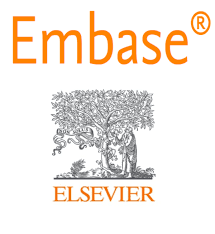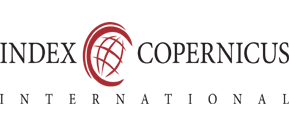CORRELATION BETWEEN MATERNAL PERCEPTION OF REDUCED FOETAL MOVEMENTS WITH CARDIOTOCOGRAPHIC INTERPRETATION AND PERINATAL OUTCOME – A CROSS-SECTIONAL STUDY
Keywords:
RFM, CTG, Antepartum fetal monitoring.Abstract
Introduction: In a patient presenting with reduced fetal movements (RFM), there is
an increased risk of stillbirth and intrauterine growth restriction. The reduction of
adverse perinatal outcomes may be achieved by cardiotocographic (CTG) monitoring
and immediate intervention.
Aim: The aim is to detect the factors of poor perinatal outcome after maternal
perception of RFM and to analyse the effectiveness of antenatal CTG monitoring to
achieve better outcomes for mothers and babies in the perinatal period.
Materials and methods: A cross-sectional study was conducted for eighteen
calendar months in the Department of Obstetrics and Gynaecology, Medical College
and hospital, Kolkata, among 280 antenatal patients who came with a perception of
RFM. Study participants were divided into two groups, control group N (n=140)
without reduced fetal movements and study group R ( n=140) with reduced fetal
movements by using a purposive sampling technique. CTG monitoring was done in
patients with RFM. The outcome was measured and compared with the control
group.
Results: Adverse perinatal outcomes were successfully reduced, with a mean
pathological CTG value of 0.09 in the study group, compared to 0.02 in the control
group (p = 0.009). There was a significantly higher induction of labour (IOL) in
women of reduced fetal movement (p=0.0053). Patients with pathological CTG
underwent immediate caesarean section, with a significantly higher rate of 16% in
the study group in comparison to 6% in the control group.
Conclusion: CTG monitoring in patients with RFM effectively reduced and
controlled adverse perinatal outcomes with immediate intervention by caesarean
section and by vaginal and assisted vaginal delivery.
.png)









